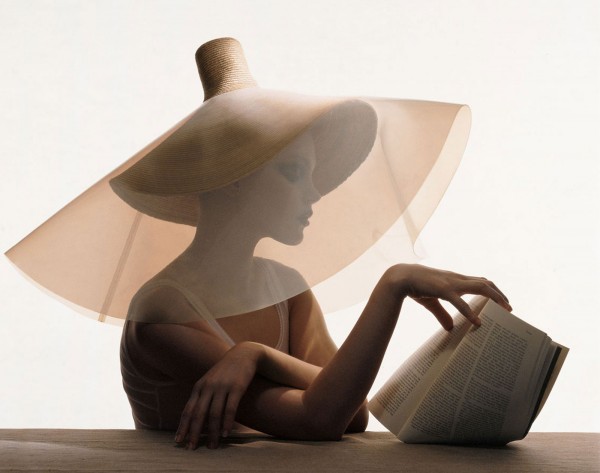Increasingly, shoppers are passing up the cashmere sweaters or leather handbags and instead shelling out for experiences such as a beach vacation, a dinner out on the town or a concert.
Published on Quartz.
It’s been over a decade since American psychologists Leaf Van Boven and Thomas Gilovich concluded that doing things makes people happier than having things. “To Do or to Have? That Is the Question” was the title of the study they published in 2003 (PDF), and it’s been cited hundreds of times since. Many people now recognize that spending money on, say, a plane ticket for a vacation is more satisfying in the long run than purchasing a new television for the same price. But happiness studies keep evolving, and social scientists continue to find new ways of understanding precisely how our economic choices affect well-being.
A new paper, this one also co-authored by Thomas Gilovich, hones in on another difference between experiential and material purchases: how people feel before they make these purchases, when they’re simply entertaining thoughts of booking flights to the Caribbean or going to the movies, or thinking about shopping for clothing or jewelry. Gilovich and his colleagues asked subjects to think about either an experiential or material purchase they were planning on making very soon, evaluate whether their anticipation made them feel excited or impatient, and rate the overall pleasantness of the anticipation. The researchers also conducted a separate study in which they polled 2,226 adults on their iPhones at random times to ask whether the individuals were, in that moment, contemplating any future purchases (and if so, whether the purchase would be experiential or material, and whether they associated the thoughts with markedly pleasant, exciting, or impatient anticipatory feelings).
Macy’s, Urban Outfitters, Bed Bath & Beyond and others this week reported ringing up weak sales during the holiday shopping season, capping a tepid year that many in retail attributed to cautious consumers who are not ready to forget the lessons of the last recession.
And yet look beyond the mall, and there’s a different dynamic: Spending on air travel hit record levels last year, even as the average price of an airline ticket dropped. Restaurant sales were up a robust 8 percent in the first 11 months of 2015, easily outperforming the 2 percent increase seen in the overall retail industry. Millennials were on track to spend an average of $750 each in 2015 on media, including video games and streaming services such as Netflix and Spotify.
In other words, consumers are plenty willing to open their wallets, but what they choose to buy reflects a fundamental shift: Increasingly, shoppers are passing up the cashmere sweaters or leather handbags and instead shelling out for experiences such as a beach vacation, a dinner out on the town or a concert.
“People are saying, ‘I’ve got enough stuff. I want to pamper myself a bit and do something that makes me feel good,’” said Steven Kirn, executive director of the University of Florida’s retail education and research center.
That’s been the approach of consumers like Mary Kate Allen-Mehryar of Arlington, who is headed next month on a vacation to Key West to celebrate her 30th birthday and has recently dropped money to dine at upscale District restaurants Rose’s Luxury and Makoto.
“I will literally say, ‘I don’t want to spend $150 on this dress — but let’s go to this awesome sushi restaurant where I’ll spend $200,’” Allen-Mehryar said. “I don’t get buyer’s remorse when I buy food,” she added, because dining out is something she gets to share with friends and family.
That mind-set has made for a tough environment for many retailers, who now must not only duel with one another for business, but must try to persuade legions of consumers to essentially make a lifestyle change: Trade filling up their calendar with activities for filling up their closets with stuff.
More on WASHINGTON POST…




